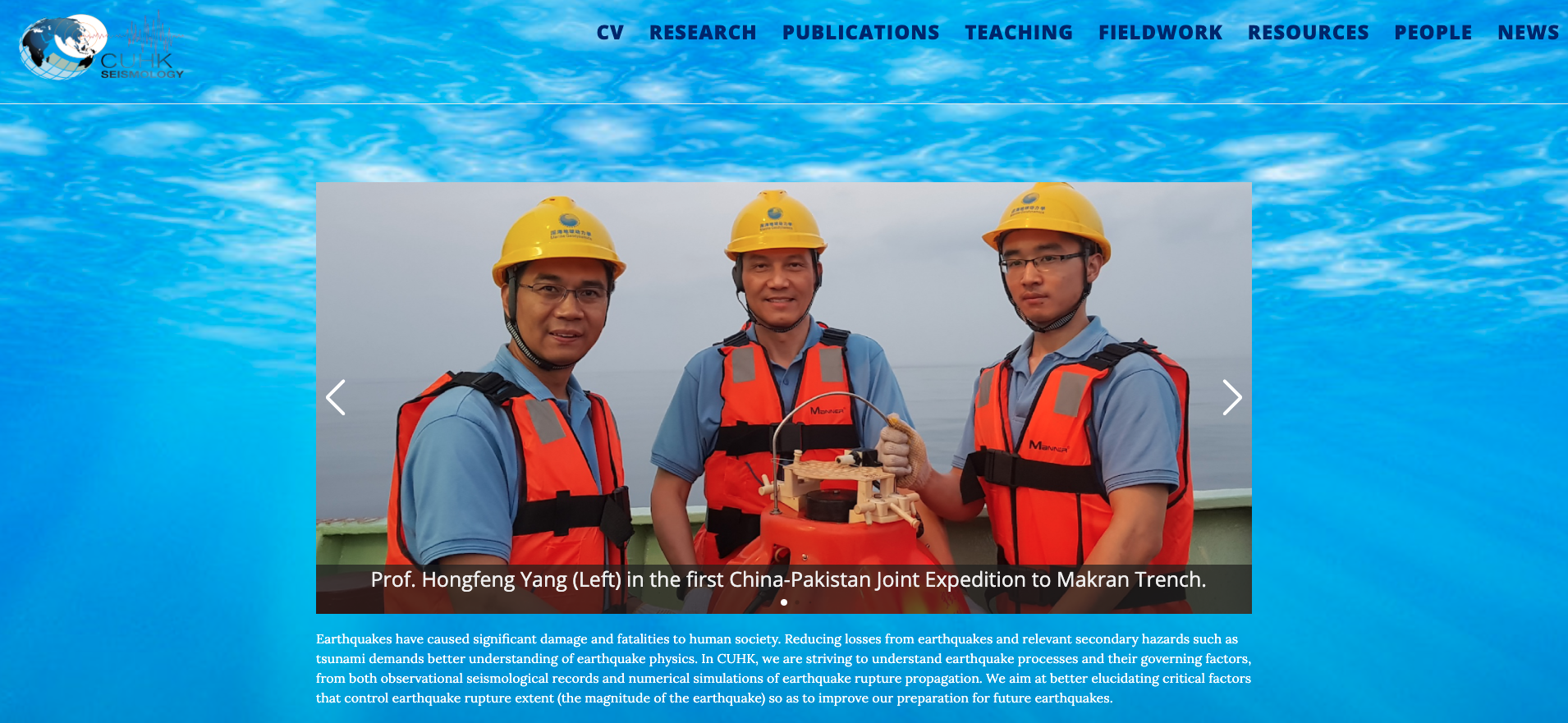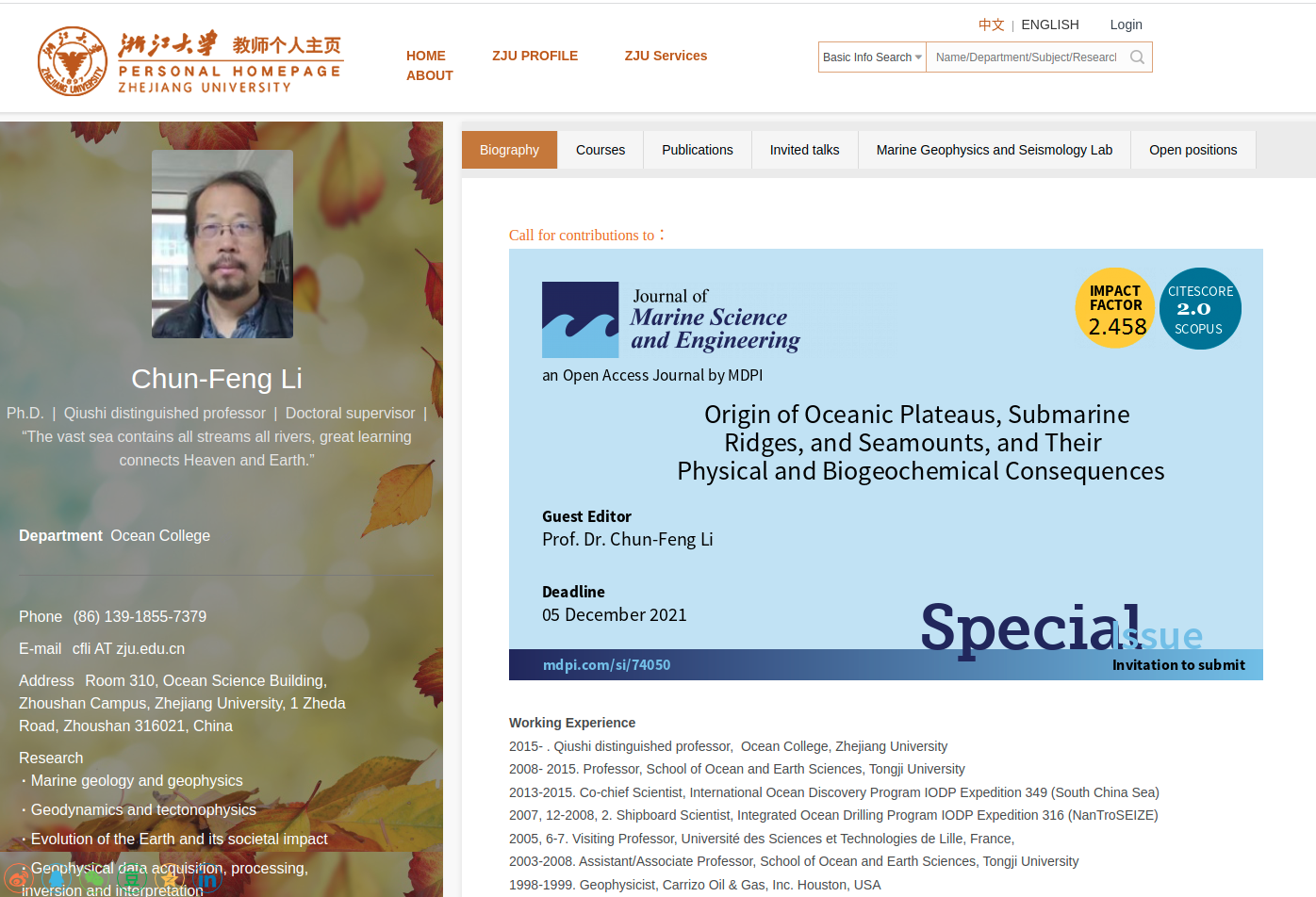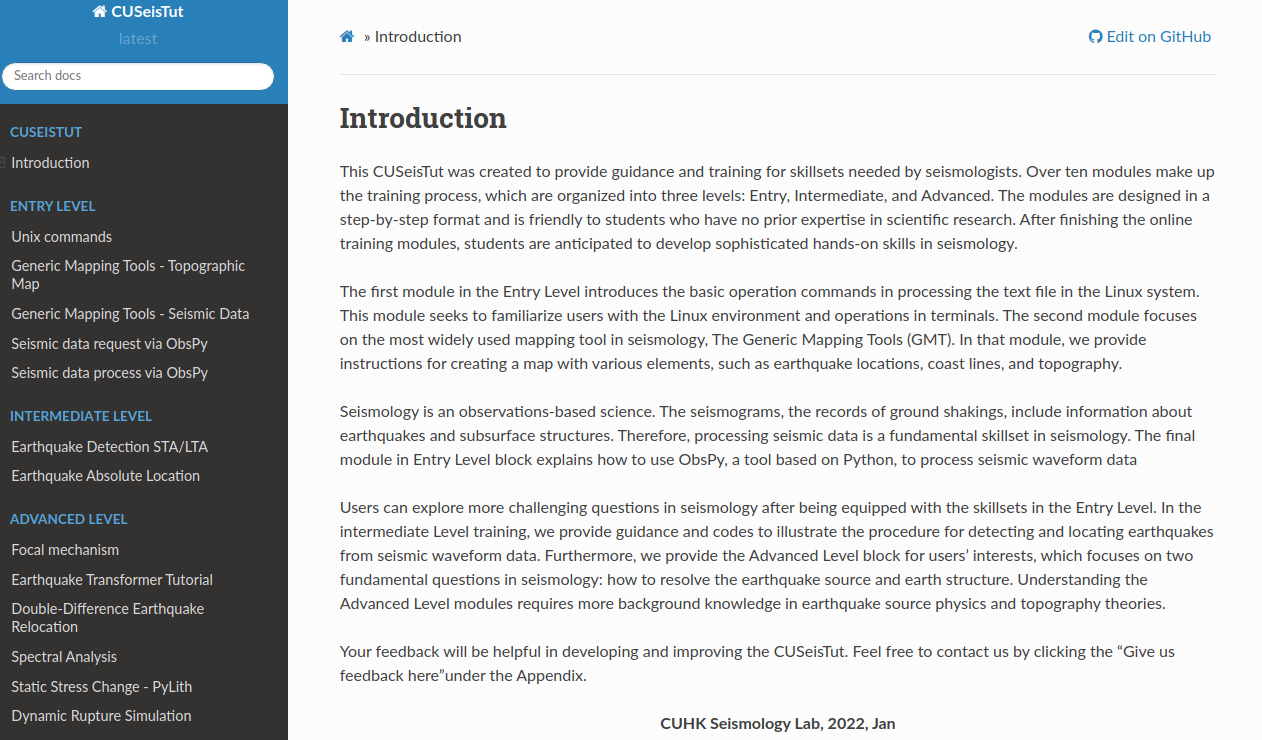Aqeel Abbas's Personal Webpage

I am a postdoctoral researcher at Shenzhen Research Institute,
The Chinese University of Hong Kong, since December, 2024. My work focuses on Induced Earthquakes in the Sichuan Basin, China.
I completed my PhD at The Chinese University of Hong Kong,
Hong Kong SAR, in September 2024.
Additionally, my Resume and LinkedIn
have more information about me. The details of some of my research projects are provided below:
Research projects
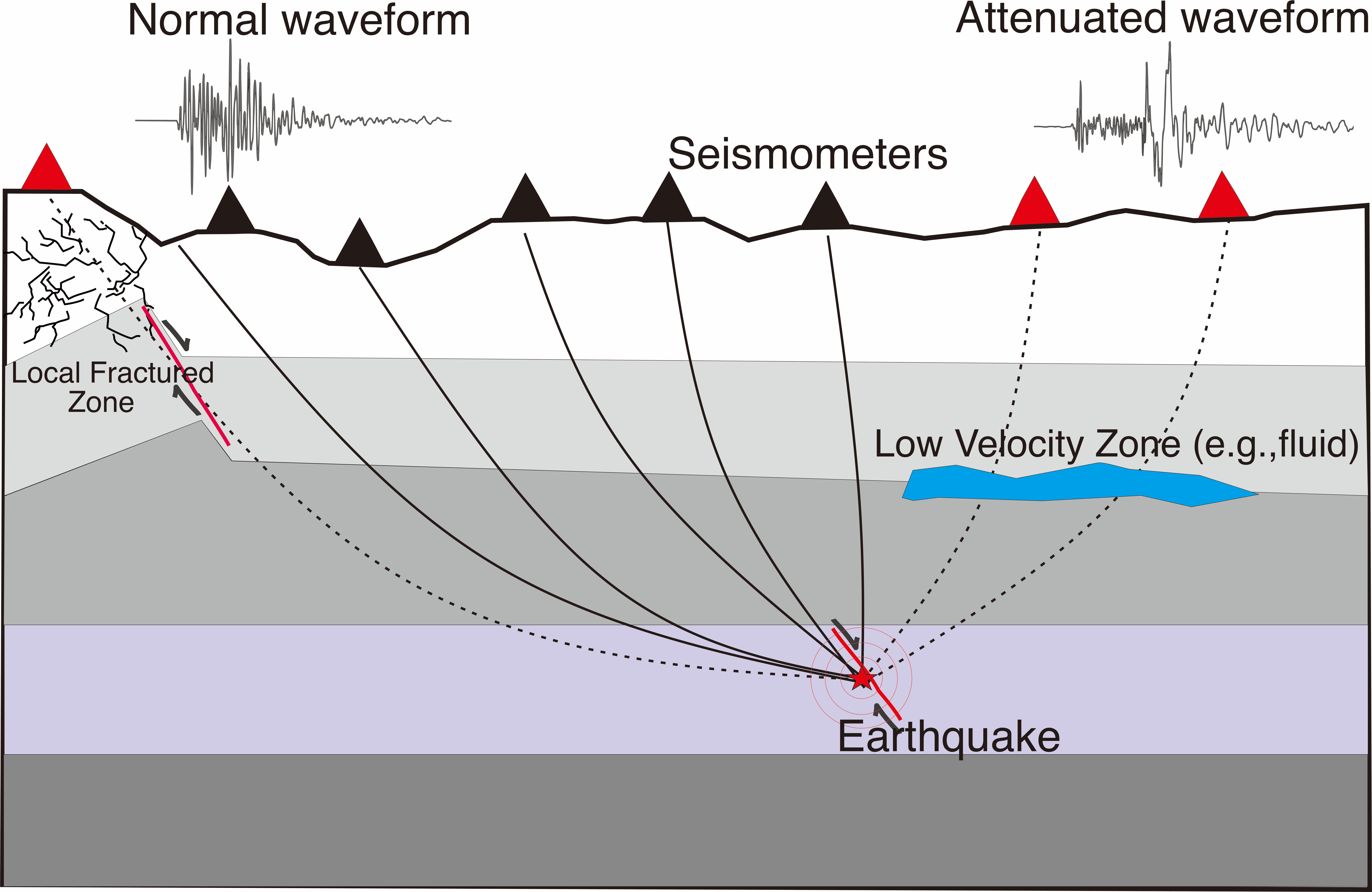
Induced Earthquakes
Hydraulic Fracturing (HF) often stimulates the local earthquake productivity which provides a unique opportunity to characterize the
crustal heterogeneities, reservoir properties, and fluid injection effects. However, the velocity models acquired solely based on the
arrival time records are often undermined due to the seismic network coverage and interpolation techniques. Instead, we adopt the
waveform-based approach to apprehend; (1) structural heterogeneities, (2) reservoir distribution, and (3) signatures of the injected
fluid in the Weiyuan shale gas field (WSGF),Sichuan China.
Furthermore, understanding the role of injected fluid in induced earthquakes and mitigating associated seismic hazards is crucial.
To achieve this, we will develop a 3D attenuation tomography model to estimate the absorption and scattering effects in the study region.
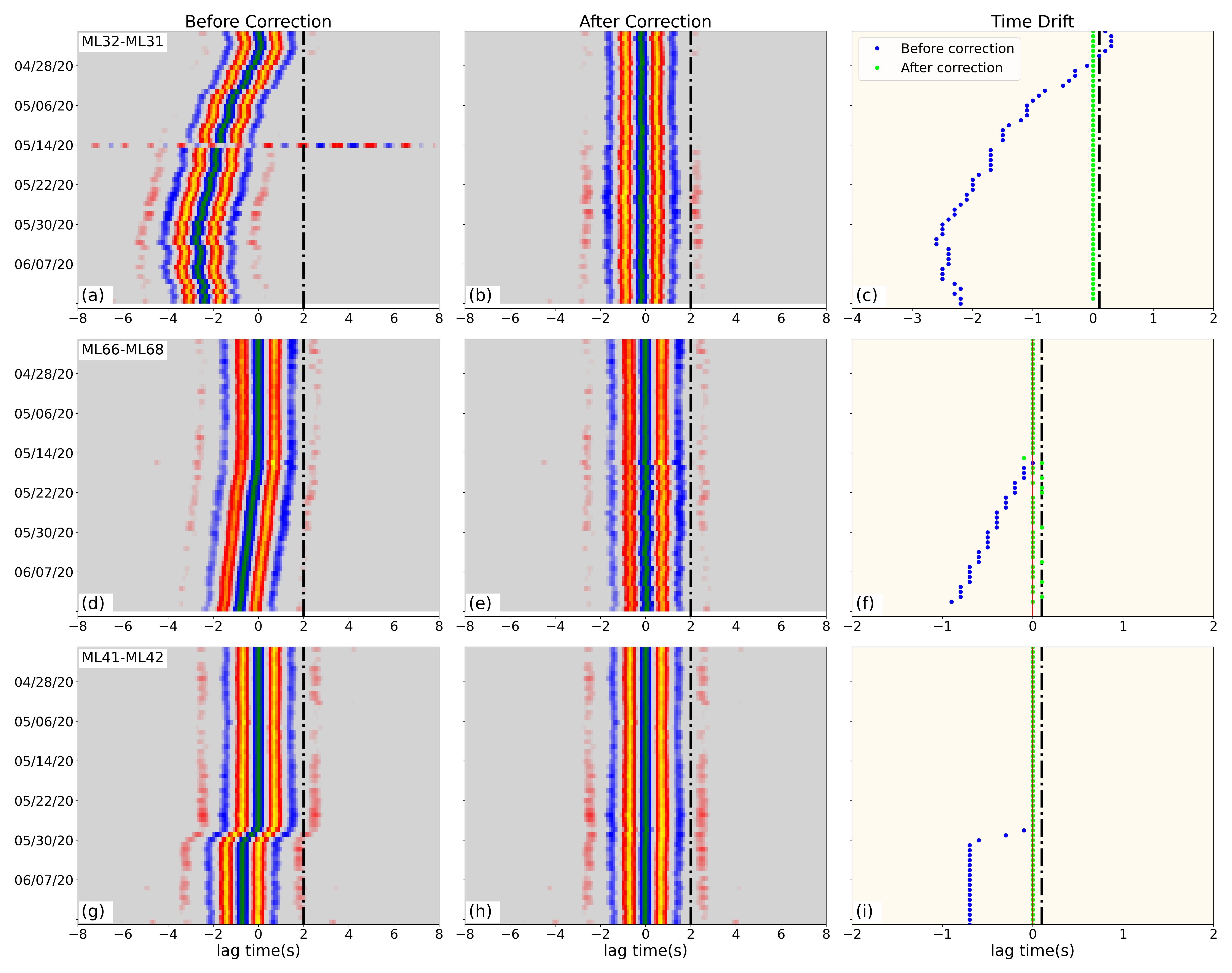
Clock Drift Inspection and Correction in Seismic Data
Temporary seismic network deployments are widely used both on land and offshore to improve our understanding of earthquake processes and the internal structure of the Earth.
However, some temporary stations suffer from incorrect timing records and thus pose a challenge to fully utilize the valuable data.
To inspect and fix such time problems, we examine the OBS data from the Mariana subduction zone and land data from a dense array deployed in
the Weiyuan shale gas field, Sichuan, China.
Initially, we inspected the teleseismic and local events waveforms to evaluate the overall clock drift and data quality in both datasets.
Later, the ambient noise cross-correlation function (NCCF) is adopted by using daily waveforms with different stratigies for both Land and OBS datasets.
All the clock drifts in both dataset are successfully analysed and corrected.
The codes are avaible upon request at aqeelabbas(@)link.cuhk.edu.hk . Deatils of the project are available in pdfs present in my publication page.

Ocean Bottom Seismic (OBS) Data Processing and interpretation
The continental margin of the northern South China Sea (SCS) is an excellent region to study the lithosphere rifting and breakup process.
It has undergone a transition from an active to passive continental margin during its tectonic evolution. The nature of transitional crust is a key to
unlocking the evolution process, and becomes a subject of intense studies. In order to understand the complex crustal features and magmatism along the
transition zone, high resolution seismic structures should be imaged. We construct P-wave velocity (Vp) structures by using
2-D forward ray-tracing (RayInvr) and travel-time tomography (Tomo2D) based on ocean bottom seismic (OBS) and multiple channel reflection seismic (MCS)
data acquired along a geophysical profile 2017-1. The obtained model revealed the variation in crustal structure, characteristics of transitional crust
and formation of high velocity layer beneath the lower crust in the northern SCS.




